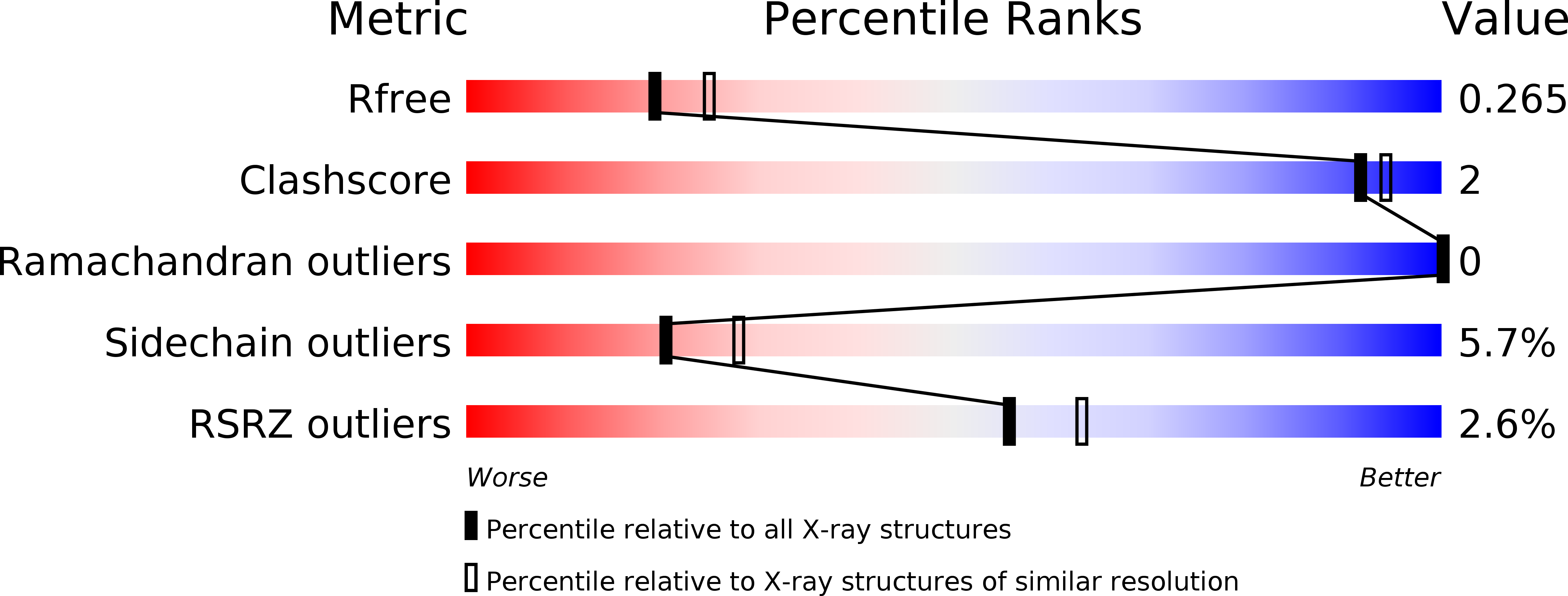
Deposition Date
2015-07-25
Release Date
2015-09-23
Last Version Date
2024-10-23
Entry Detail
PDB ID:
5CUZ
Keywords:
Title:
Crystal structure of SeMet-substituted N-terminal truncated human B12-chaperone CblD (108-296)
Biological Source:
Source Organism:
Homo sapiens (Taxon ID: 9606)
Host Organism:
Method Details:
Experimental Method:
Resolution:
2.31 Å
R-Value Free:
0.26
R-Value Work:
0.20
R-Value Observed:
0.21
Space Group:
I 2 2 2


